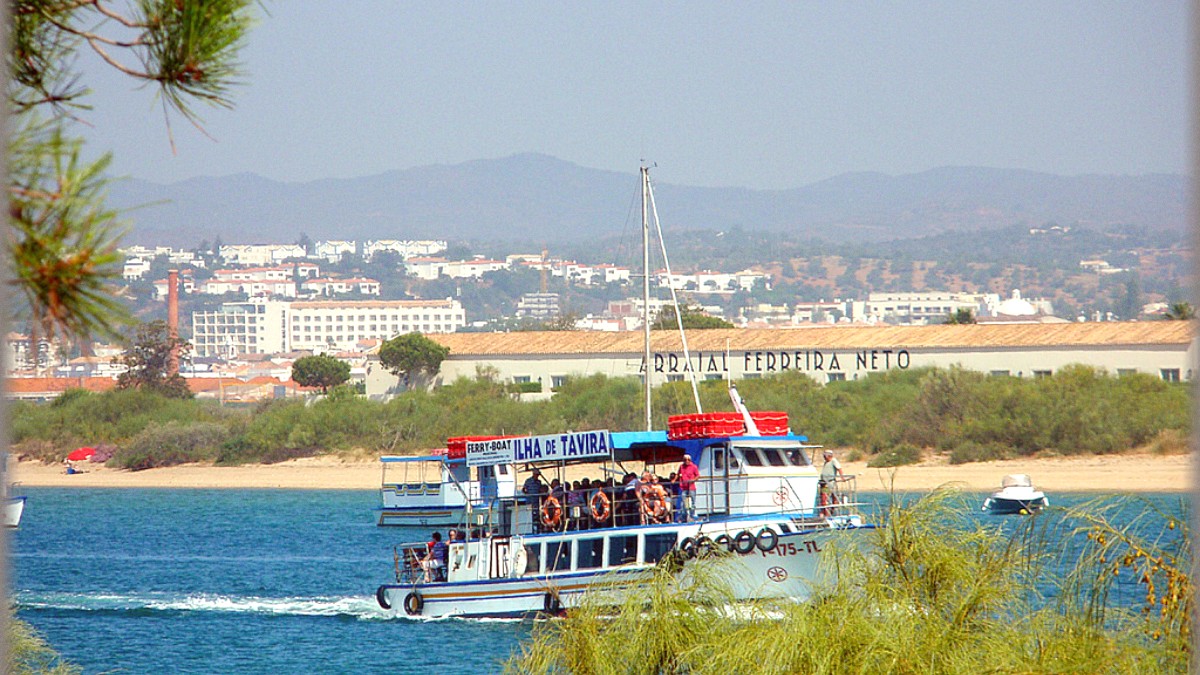
The Algarve, Portugal
Tavira presents a delightful escape, moving beyond the bustling resorts of the central Algarve. It is a place for experiencing authentic Portuguese culture, relaxing on unspoiled beaches, and exploring a rich heritage. This guide aids your discovery of the best of Tavira, from its ancient castle walls to the tranquil waters of the Ria Formosa Natural Park.
To the east, Tavira is close to the Spanish border, with the Guadiana River forming a natural boundary.
This proximity supports easy day trips into Andalusia, Spain, for those who wish to explore further. The town's location presents a blend of coastal relaxation, natural exploration, and cultural richness.
Tavira boasts a history stretching back millennia, leaving its mark on the town's architecture, traditions, and very layout. The area shows evidence of early settlements from the Bronze Age. The Phoenicians established a trading post here, recognizing its strategic position near the river and coast. Later, the Romans arrived, leaving behind remnants like the foundations of the bridge that still crosses the Gilão River today. The current "Roman Bridge," while largely rebuilt, reflects this enduring connection to ancient times.
The longest and most influential period in Tavira's history was the Moorish occupation, spanning from the 8th to the 13th centuries. Under Moorish rule, Tavira flourished as a port and trading center. The Moors introduced advanced irrigation techniques, cultivated citrus fruits and almonds, and developed salt production, industries that continue to shape the region. Tavira rose to prominence during Portugal's Age of Discovery in the 15th and 16th centuries. Its port became a significant hub for trade with Africa and the East. Wealth flowed into the town, leading to the construction of numerous churches and grand townhouses.
Recognized strategic position near the river and coast.
Remnants of the bridge, reflecting ancient connections.
Flourished as a port, labyrinthine streets, castle origins.
Mosques became churches, shift in cultural dominance.
Significant trade hub, leading to grand constructions.
This prosperity, however, was interrupted by a devastating earthquake in 1755, which destroyed much of the town. Tavira rebuilt with resilience, and its charming Pombaline architecture, characterized by robust, symmetrical designs, emerged from the reconstruction efforts.
In more recent centuries, Tavira maintained its identity as a fishing town, especially known for its tuna industry. The decline of the tuna fishing fleets in the mid-20th century led to an economic shift.
Tavira gradually transitioned into a destination for tourism, valued for its unspoiled character and natural beauty. Today, Tavira celebrates its layered past, making its history a tangible part of any visit.
Tavira offers a rewarding and memorable travel experience, inviting visitors to integrate into local life rather than just observe it.
Tavira presents an unique blend of experiences, making it a compelling destination for travelers seeking more than just a beach holiday. It is a town where history is visible on every corner, from the ancient castle walls offering panoramic views to the more than 20 churches dotting its landscape, each with its own stories and architectural styles. The Roman Bridge serves as the town's heart, connecting its two halves and offering a picturesque focal point.
Life in Tavira centers around the Gilão River, which is a constant presence, changing with the tides. The riverfront promenade invites leisurely strolls, leading to cafes and restaurants where you savor the freshest seafood.
Ancient castle, 20+ churches, Roman Bridge at the town's heart.
Algarve traditions, local fish, octopus, clams, olive oil, garlic, fresh herbs.
Ria Formosa Natural Park for birdwatchers, expansive island beaches.
Beyond the town, the Ria Formosa Natural Park opens up a world of natural exploration. Short ferry rides take you to the barrier islands, where you discover expansive, uncrowded beaches like Ilha de Tavira and the iconic Praia do Barril.
The town straddles the Gilão River, which flows through its center before emptying into the Ria Formosa Natural Park and the Atlantic Ocean. This river is tidal.
This protected lagoon system, a maze of canals, salt pans, and barrier islands, protects the coast and a habitat for countless bird species.
Inland from Tavira, the landscape gently rises into rolling hills, covered with citrus groves, almond trees, and olive trees.
The Gilão River's tidal nature shapes daily life and the town's appearance, becoming a broad waterway at high tide.
Tavira's direct adjacency to the Ria Formosa Natural Park makes it a gateway to one of Portugal’s most significant wetlands.
The proximity to the Spanish border via the Guadiana River allows for convenient day trips into Andalusia.